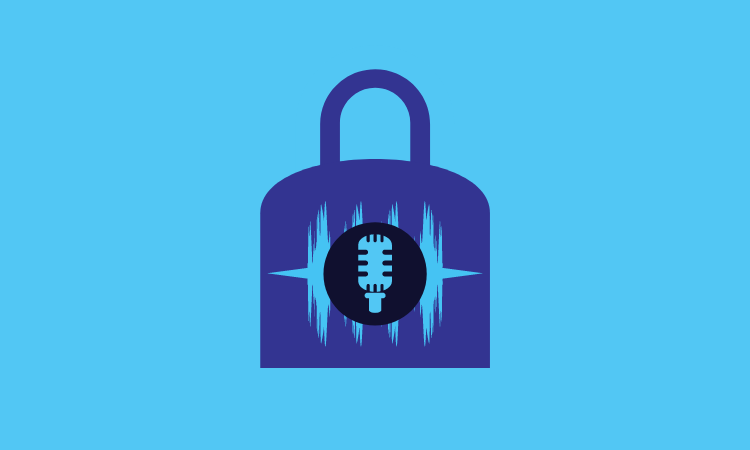Modern Marketing
Should banks ditch passwords and move to voice authentication?
- Voice authentication could offer banks a number of advantages over existing verification methods, including greater security and a more convenient user experience.
- However, it may not be wise to use voice on its own as a complete replacement to current verification methods.








